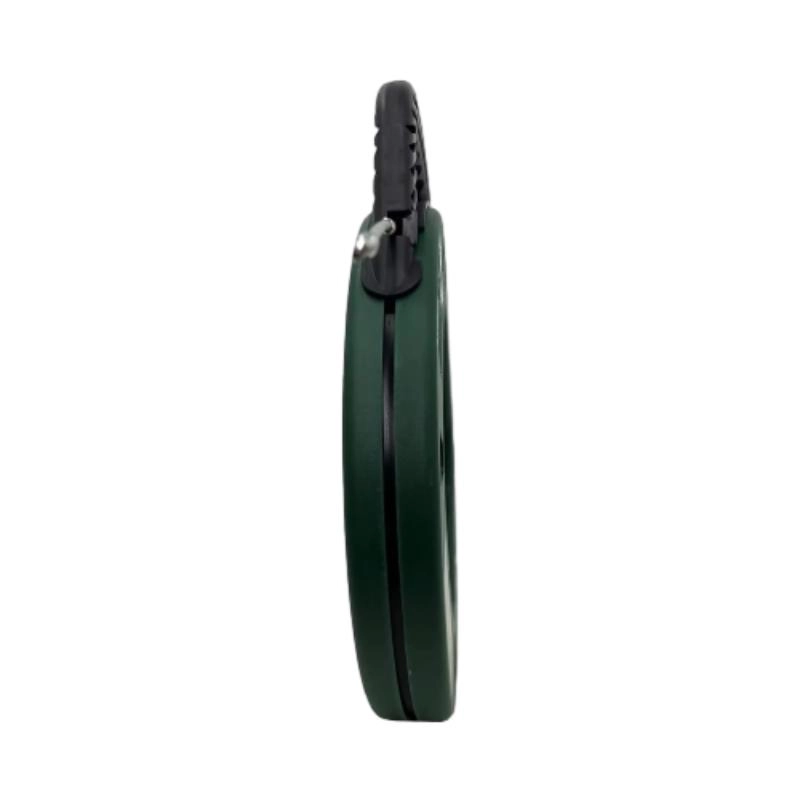
-
 Afrikaans
Afrikaans -
 Albanian
Albanian -
 Amharic
Amharic -
 Arabic
Arabic -
 Armenian
Armenian -
 Azerbaijani
Azerbaijani -
 Basque
Basque -
 Belarusian
Belarusian -
 Bengali
Bengali -
 Bosnian
Bosnian -
 Bulgarian
Bulgarian -
 Catalan
Catalan -
 Cebuano
Cebuano -
 Corsican
Corsican -
 Croatian
Croatian -
 Czech
Czech -
 Danish
Danish -
 Dutch
Dutch -
 English
English -
 Esperanto
Esperanto -
 Estonian
Estonian -
 Finnish
Finnish -
 French
French -
 Frisian
Frisian -
 Galician
Galician -
 Georgian
Georgian -
 German
German -
 Greek
Greek -
 Gujarati
Gujarati -
 Haitian Creole
Haitian Creole -
 hausa
hausa -
 hawaiian
hawaiian -
 Hebrew
Hebrew -
 Hindi
Hindi -
 Miao
Miao -
 Hungarian
Hungarian -
 Icelandic
Icelandic -
 igbo
igbo -
 Indonesian
Indonesian -
 irish
irish -
 Italian
Italian -
 Japanese
Japanese -
 Javanese
Javanese -
 Kannada
Kannada -
 kazakh
kazakh -
 Khmer
Khmer -
 Rwandese
Rwandese -
 Korean
Korean -
 Kurdish
Kurdish -
 Kyrgyz
Kyrgyz -
 Lao
Lao -
 Latin
Latin -
 Latvian
Latvian -
 Lithuanian
Lithuanian -
 Luxembourgish
Luxembourgish -
 Macedonian
Macedonian -
 Malgashi
Malgashi -
 Malay
Malay -
 Malayalam
Malayalam -
 Maltese
Maltese -
 Maori
Maori -
 Marathi
Marathi -
 Mongolian
Mongolian -
 Myanmar
Myanmar -
 Nepali
Nepali -
 Norwegian
Norwegian -
 Norwegian
Norwegian -
 Occitan
Occitan -
 Pashto
Pashto -
 Persian
Persian -
 Polish
Polish -
 Portuguese
Portuguese -
 Punjabi
Punjabi -
 Romanian
Romanian -
 Russian
Russian -
 Samoan
Samoan -
 Scottish Gaelic
Scottish Gaelic -
 Serbian
Serbian -
 Sesotho
Sesotho -
 Shona
Shona -
 Sindhi
Sindhi -
 Sinhala
Sinhala -
 Slovak
Slovak -
 Slovenian
Slovenian -
 Somali
Somali -
 Spanish
Spanish -
 Sundanese
Sundanese -
 Swahili
Swahili -
 Swedish
Swedish -
 Tagalog
Tagalog -
 Tajik
Tajik -
 Tamil
Tamil -
 Tatar
Tatar -
 Telugu
Telugu -
 Thai
Thai -
 Turkish
Turkish -
 Turkmen
Turkmen -
 Ukrainian
Ukrainian -
 Urdu
Urdu -
 Uighur
Uighur -
 Uzbek
Uzbek -
 Vietnamese
Vietnamese -
 Welsh
Welsh -
 Bantu
Bantu -
 Yiddish
Yiddish -
 Yoruba
Yoruba -
 Zulu
Zulu


sep . 23, 2024 03:52 Back to list
locatable duct rodder
Understanding Locatable Duct Rodders A Comprehensive Overview
In today's technologically advanced world, efficient communication and utility services are paramount to ensure connectivity and functionality within urban environments. A critical component facilitating these services is the duct rodder, specifically the locatable duct rodder. This innovative tool plays a significant role in the installation and maintenance of underground utilities, such as telecommunications and electrical systems.
A duct rodder is a flexible, elongated tool designed to navigate existing underground conduits. Traditionally crafted from fiberglass, these rodders are lightweight yet incredibly durable, providing operators with the ability to push or pull various items through the duct. Locatable duct rodders take this utility a step further, integrating advanced technologies that enable them to be tracked and located underground.
The Importance of Locatable Duct Rodding
The locatable feature of these duct rodders is primarily achieved using electronic tracing technology. This technology includes the integration of a signal transmitter within the duct rod, which emits a signal detectable by specialized locating devices above ground. This ability to pinpoint the exact location of the rodder is invaluable for several reasons
1. Enhanced Safety In the realm of underground utility work, accidents can occur if workers inadvertently dig into existing services. The ability to locate the duct rodder minimizes the risk of damaging other utilities, ensuring the safety of workers and continuity of service.
locatable duct rodder

2. Improved Efficiency Locatable duct rodders streamline the process of utility installation and maintenance. By knowing the precise location of the rodder, operators can promptly identify blockages, plan routing, and execute repairs or upgrades, thereby reducing downtime.
3. Accurate Mapping The data collected during duct rodding can be recorded for future reference, assisting in the creation of accurate maps of underground utilities. This information is crucial for future projects, allowing engineers to avoid conflicts and streamline their planning processes.
Applications of Locatable Duct Rodding
Locatable duct rodders are instrumental across various sectors, including telecommunications, electrical, and water management. They are commonly used in the installation of fiber optic cables, creating pathways for electrical wiring, and setting up water pipes. Their functionality extends beyond new installations; locatable duct rodders are equally beneficial in maintenance activities, such as identifying existing conditions, troubleshooting issues, and locating faults within the infrastructure.
Conclusion
The locatable duct rodder stands as a testament to how innovative tools enhance the efficiency and safety of underground utility management. Its integration of tracing technology not only improves operational practices but also contributes to a more sustainable and reliable infrastructure. As urban areas continue to grow and evolve, the importance of tools like locatable duct rodders will only increase, ultimately leading to improved service delivery and customer satisfaction. In summary, investing in such advanced equipment translates to long-term benefits for utility companies and, by extension, the communities they serve.
Latest news
The Unique Design of Cable Socks
NewsJun.04,2025
Swivel Connectors in Industrial Automation
NewsJun.04,2025
Safety Features of Link Sticks
NewsJun.04,2025
How to choose the best cable pulling winch for sale
NewsJun.04,2025
Fish tape safety precautions
NewsJun.04,2025
Essential Maintenance Tips for Cable Pulling Tools
NewsJun.04,2025











